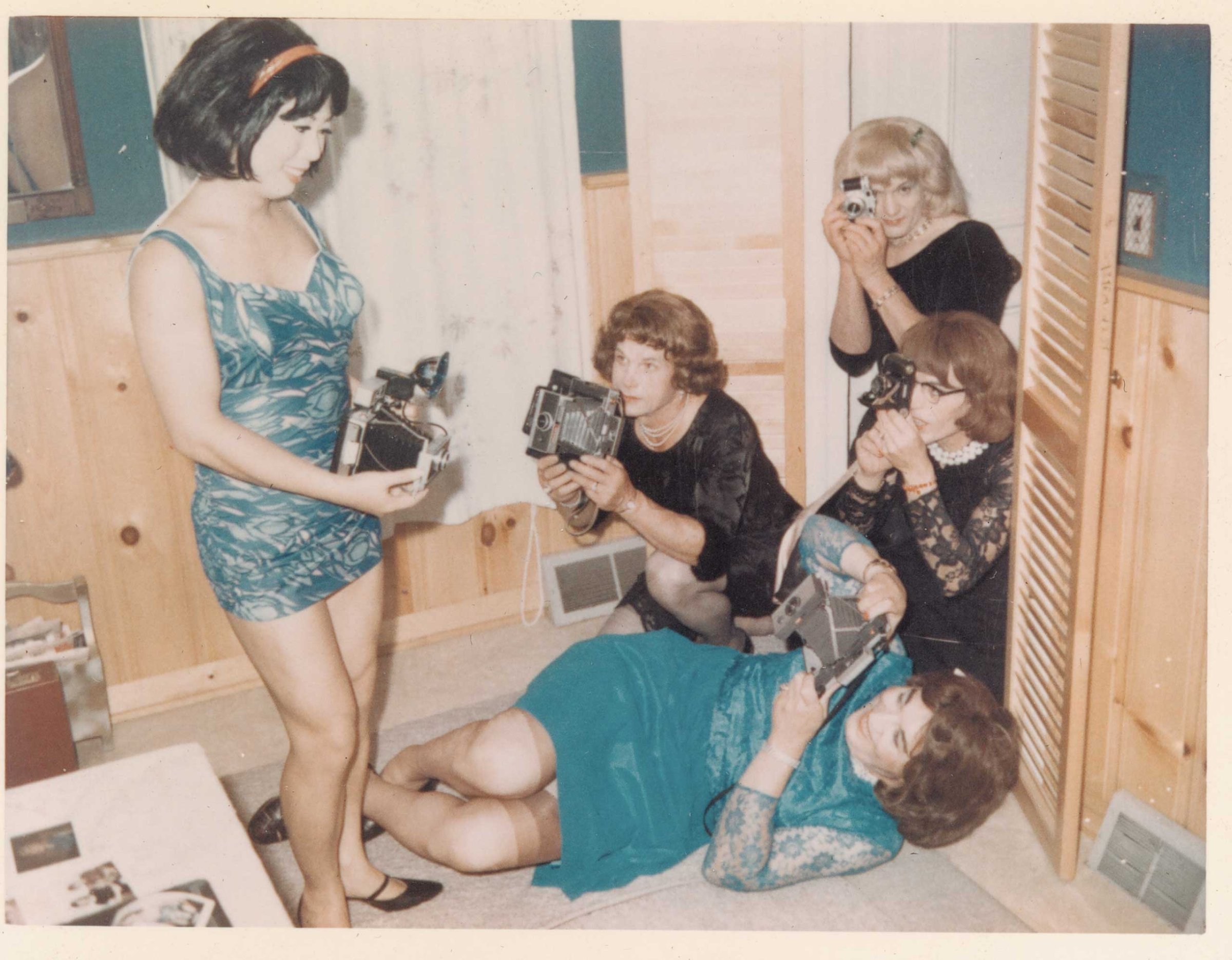
“I never stopped to think what a heterosexual transvestite was,” admitted Tony award-winning writer and actor Harvey Fierstein in a recent, wide-ranging discussion with LightBox about his new play, Casa Valentina, and the powerful real-life photos that inspired it.
Based on the story of Casa Susanna — a little-known refuge for heterosexual transvestites in the 1950s and early 1960s in the Catskills, New York — Casa Valentina tells a very Fiersteinian tale of people searching out their true selves against a backdrop of both unconditional fellowship and stark intolerance.
The images seen here were discovered about a decade ago at a Manhattan flea market by an antiques dealer, Robert Swope, and the collection was later published in the book, Casa Susanna (powerHouse, 2005). Today, the photographs are all that remain of Susanna — once called the Chevalier d’Eon, after an 18th-century crossdresser and spy.
The photos document the secret lives of men dressing as women and who are, perhaps, in flight from conforming to roles traditionally considered “manly — breadwinning for their families, making repairs around the house — even if just for a weekend. In these striking, weathered, vintage snapshots, we see them playing bridge, having cocktails and — in modern parlance — vamping for the camera.
“I believe these are ‘witness’ pictures,” Swope writes in the book’s introduction, “a way of validating an identity, a part–time life that was perhaps more real than their lives away from Casa Susanna.”
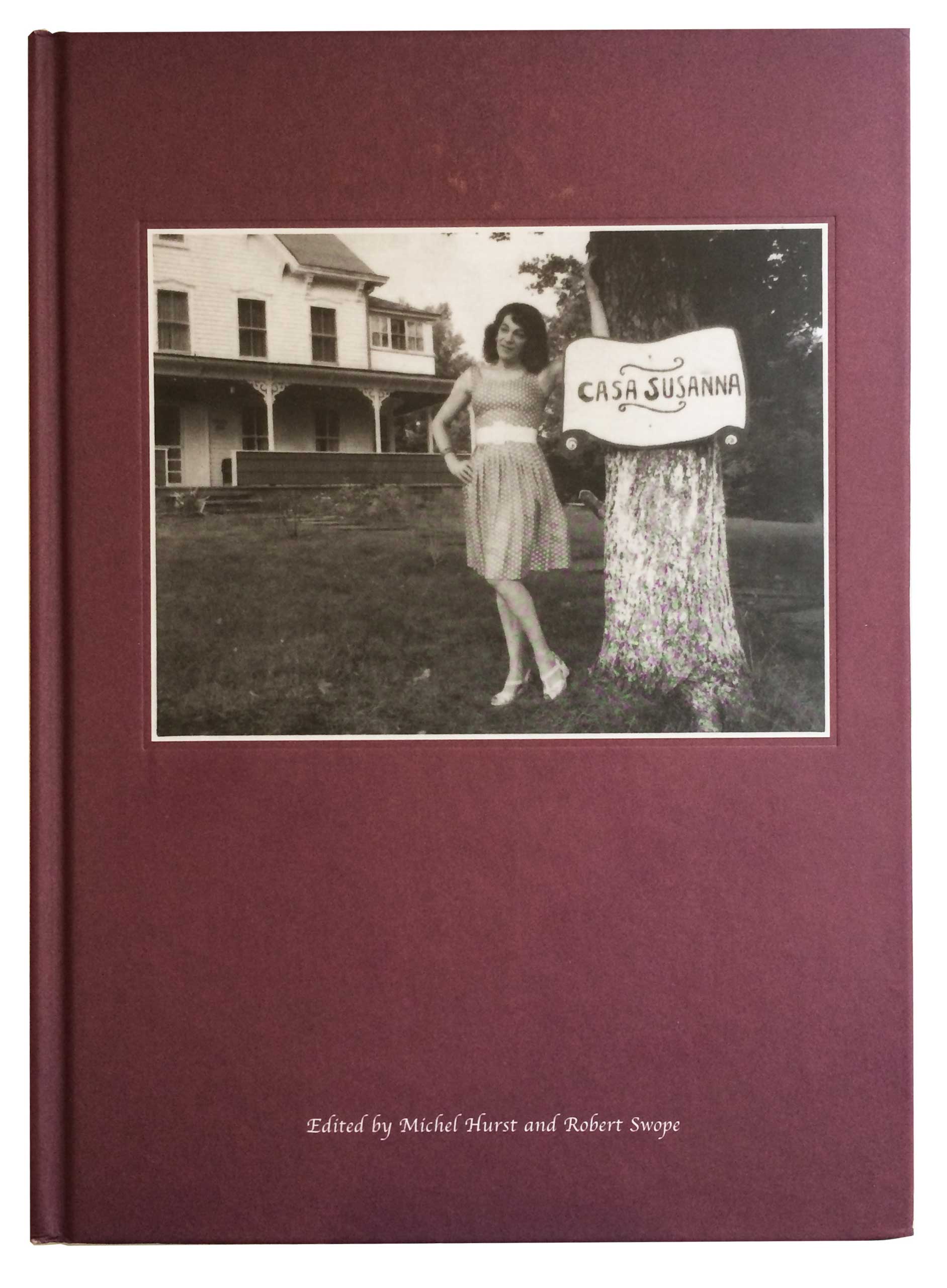
“What I love about these photographs is the joy in their faces,” says Fierstein, an artist who has wrought gold from the joys (and drama) of cross-dressing in works like Torch Song Trilogy, La Cage aux Folles, Kinky Boots, and now Casa Valentina. (He changed the name of the place and all the characters for reasons of privacy.) Here, however, he immersed himself in the world of heterosexual transvestites and was surprised to discover how they consciously separated themselves from the gay rights moment at the time. To write the play, he says, “I had to get into the mind of a 1962 transvestite.”
His research led him to the writings of the house matriarch, Susanna Valenti, also known as Tito, who ran the resort and wrote essays for Tranvestia, a magazine published from 1960-1980 and aimed at cross-dressing men who defined themselves then as “sexually normal” (as opposed to homosexual). Tranvestia also first published many of the photographs republished years later in Casa Susanna.
In the process of writing his play, Fierstein imaginatively explored the desires and anxieties of the men in the photos. In their faces he saw a longing to escape from the strict conformity of the time. “Their dressing isn’t so they can be with other girls and play bridge,” he says. “Their dressing is to lose the male role. ‘I don’t have to take the car in. I’m freed from having all the answers. I’m freed from being the breadwinner.’ It’s to take on the female — they call it ‘the girl within.’ It’s to become this idealized female.”
At one point a character in his play says, “Women have fashion, bubble baths, daytime dramas, bridge clubs and weddings. What do men get? Work, war, and oil changes. It’s the curse of the Y chromosome and it’s punishable by dearth. A male would have to be certifiable not to want to be female at least part-time.”
These ideas were far more radical in the 1950s, when gender roles were so narrowly defined, than they are today, in our marginally more “enlightened” era.
“It’s all the pleasures and none of the pain [of being a woman], because it’s a fantasy,” Fierstein notes. “It has nothing to do with being a real woman — except that some of these men went on to become women.”
“The most interesting thing I learned in all of this, and what really became fascinating to me, is that there is no ‘normal’ to heterosexual. I already knew that there is more than one idea of homosexual, but there is no such thing as heterosexual. It’s all, as Kinsey said, a ‘sliding scale.’
In the end, in Casa Valentina and the photos made at Casa Susanna, gender is a quality that’s so undefined and personal for everyone, gay or straight. When speaking about pursuing ones own happiness and his own sexuality Fierstein says, “Why would you deny yourself anything possible!”
Harvey Fierstein is a Tony-winning writer and actor. The play Casa Valentina is in previews at the Samuel J. Friedman Theatre and opens April 23.
Casa Susanna is available from powerHouse books
Paul Moakley is the Deputy Director of Photography and Visual Enterprise at TIME, you can follow him on twitter @paulmoakley
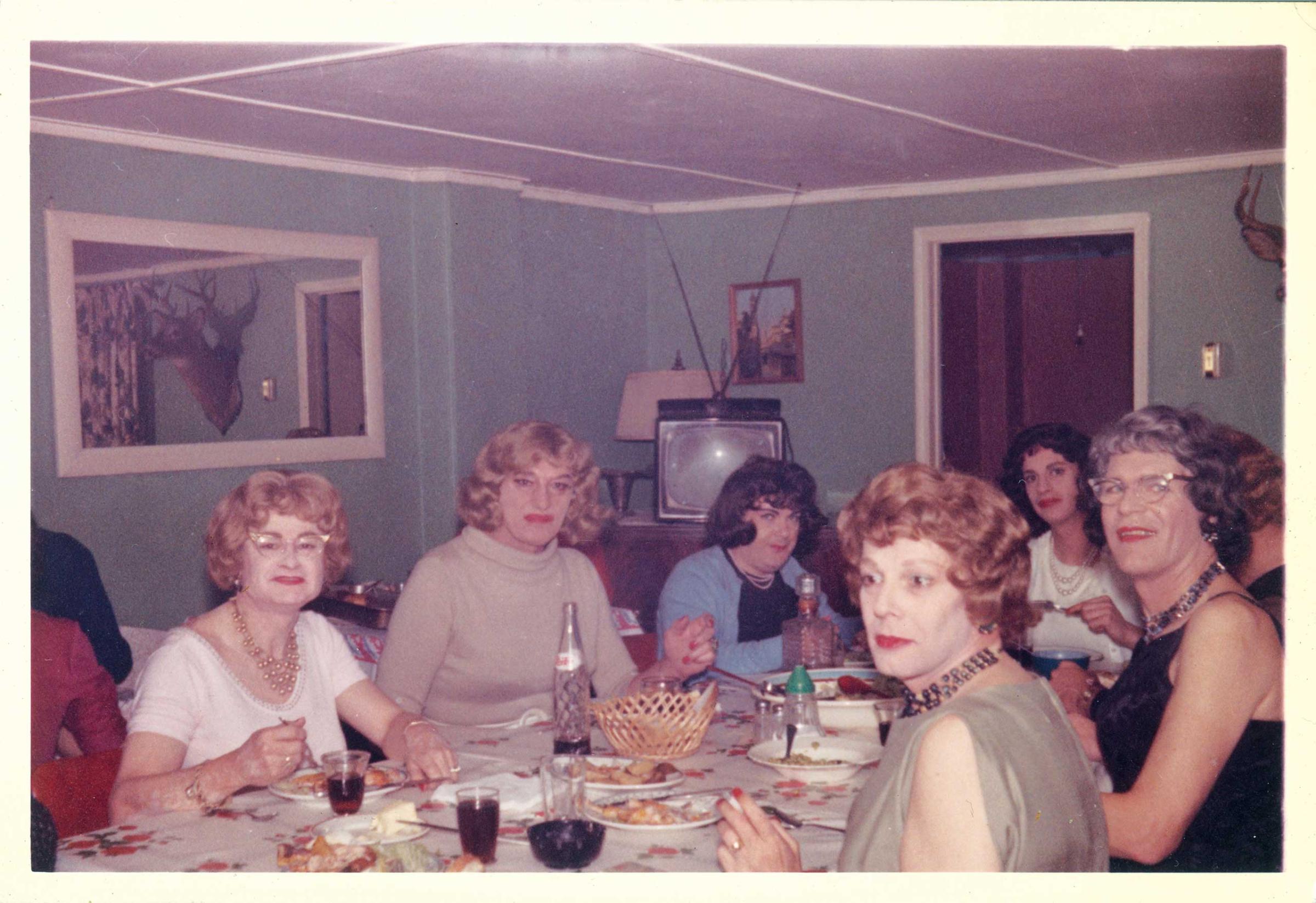
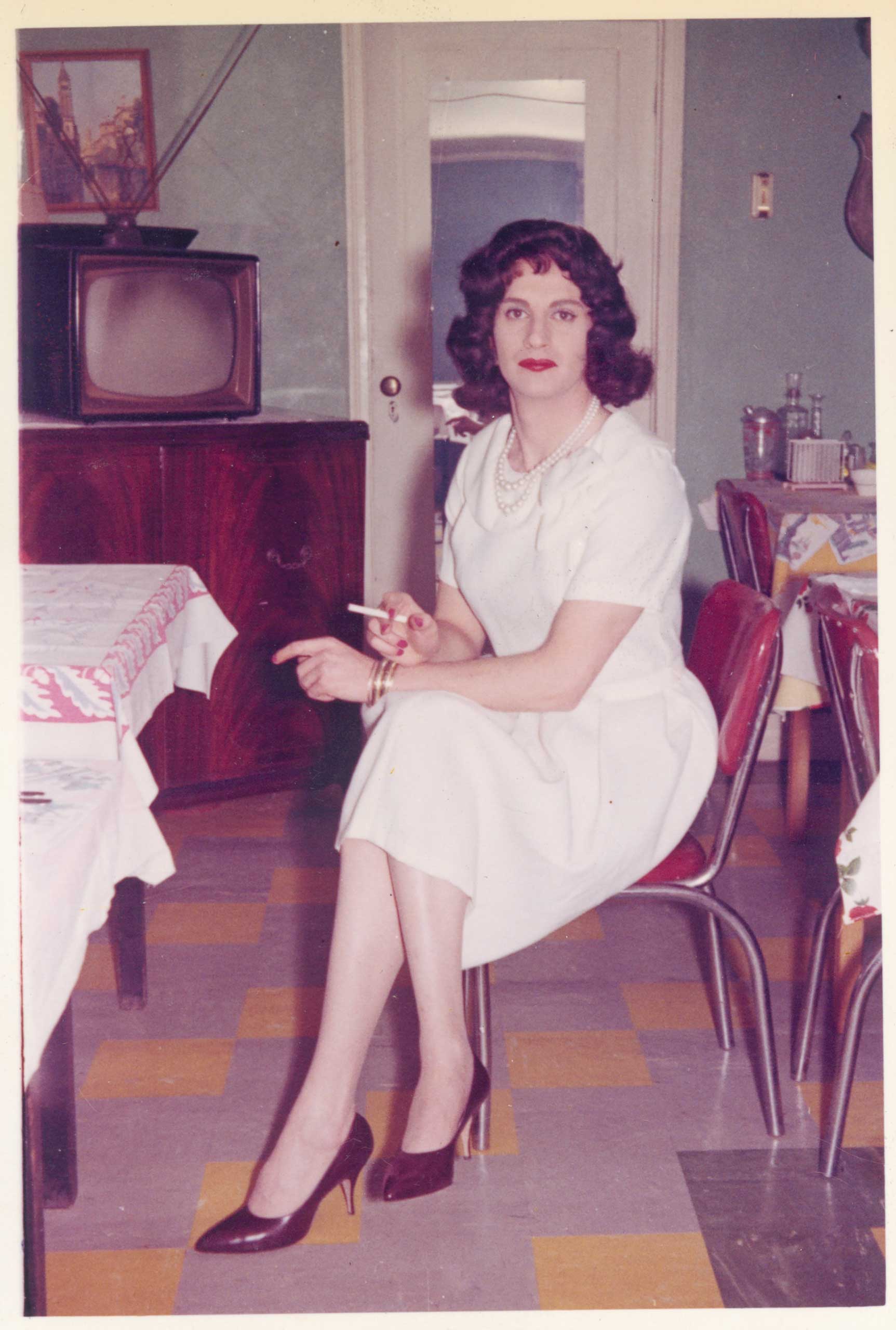
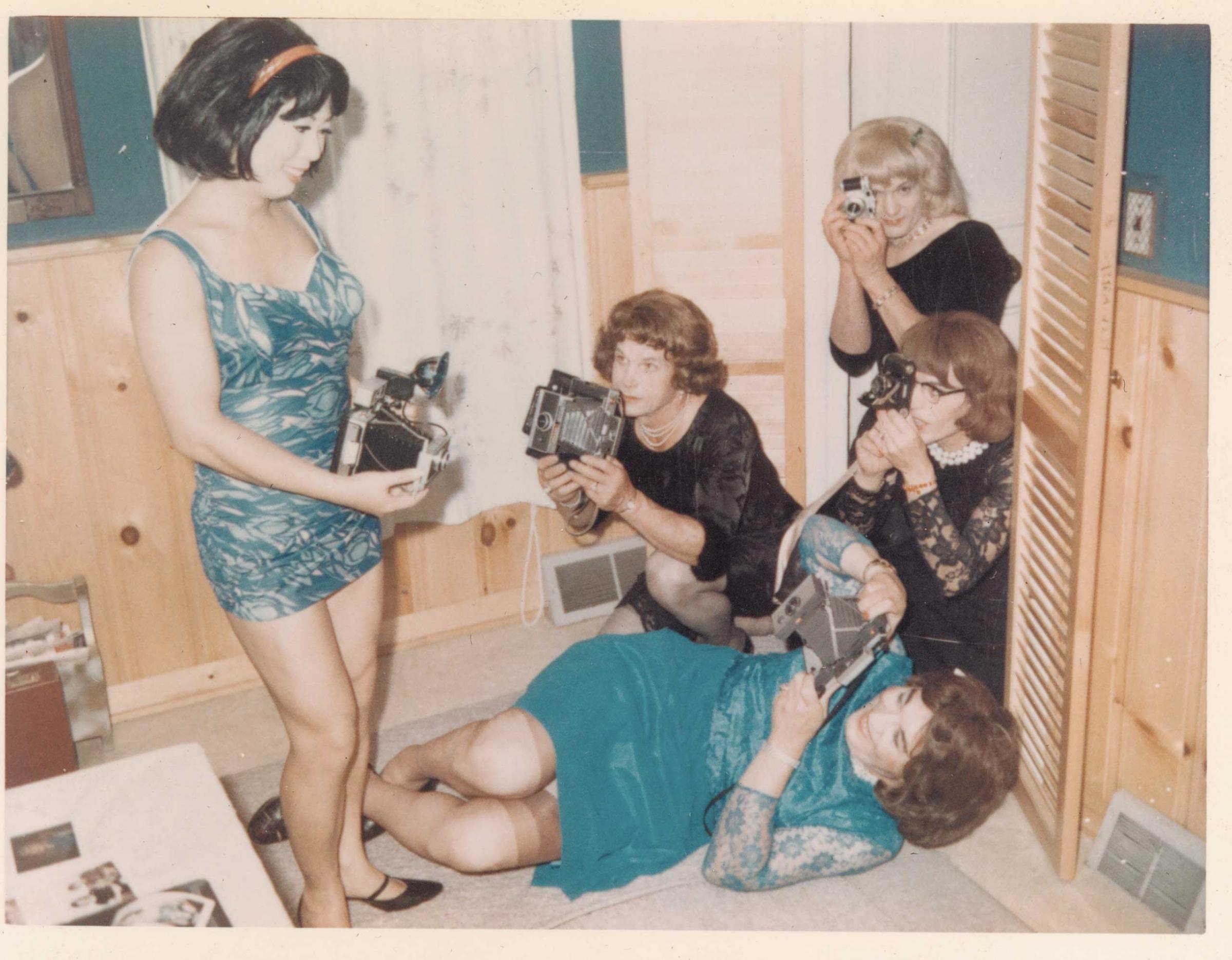

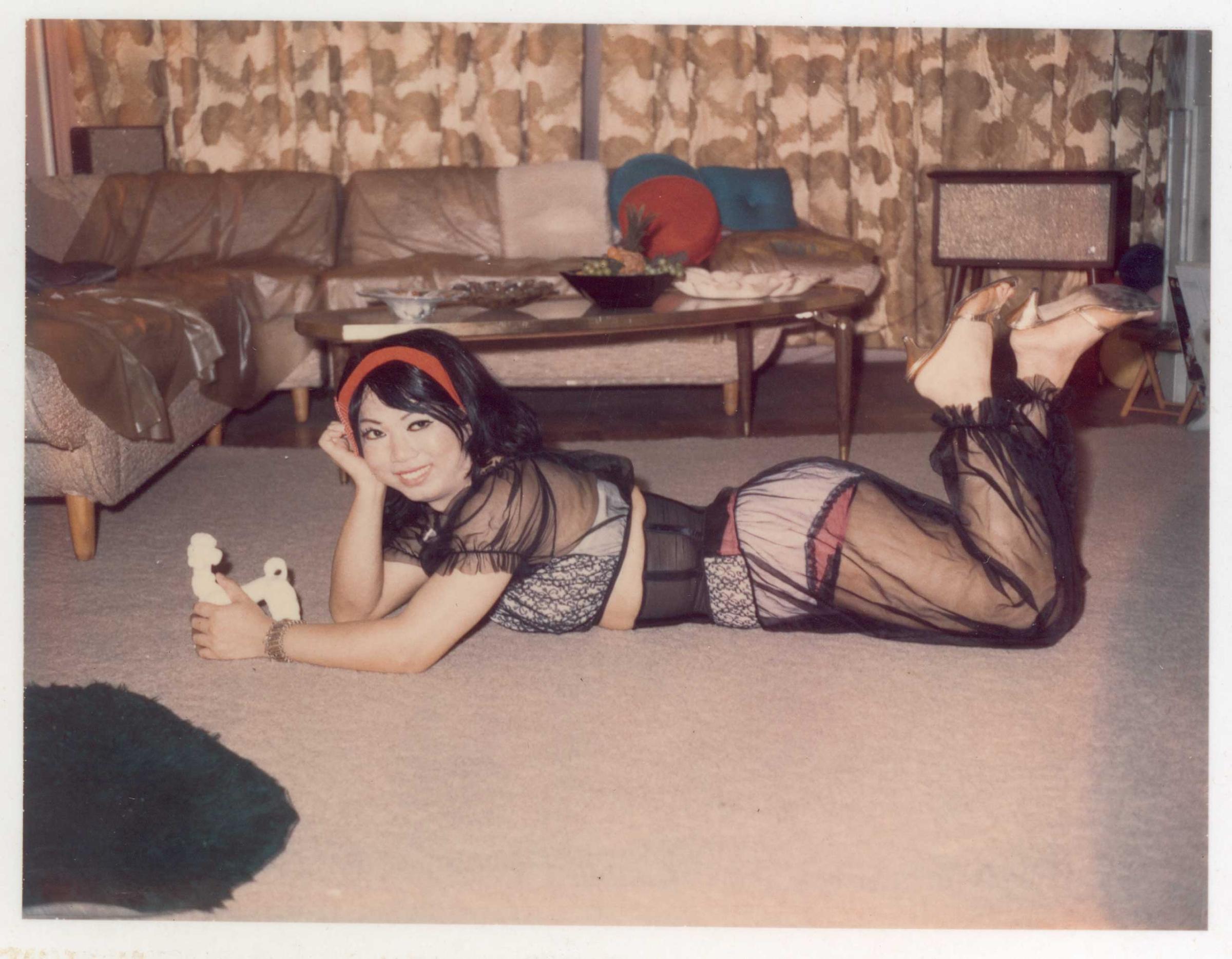

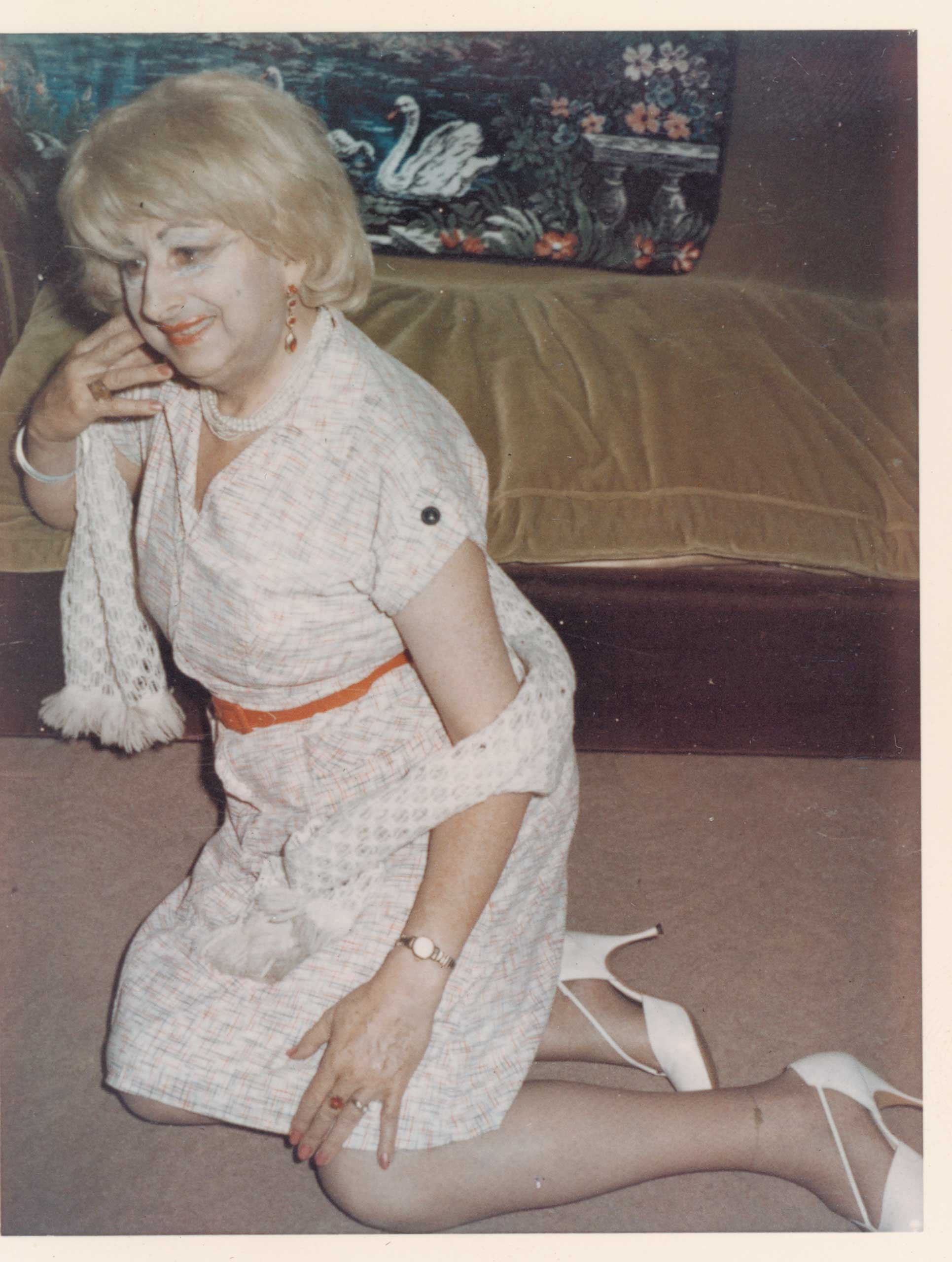

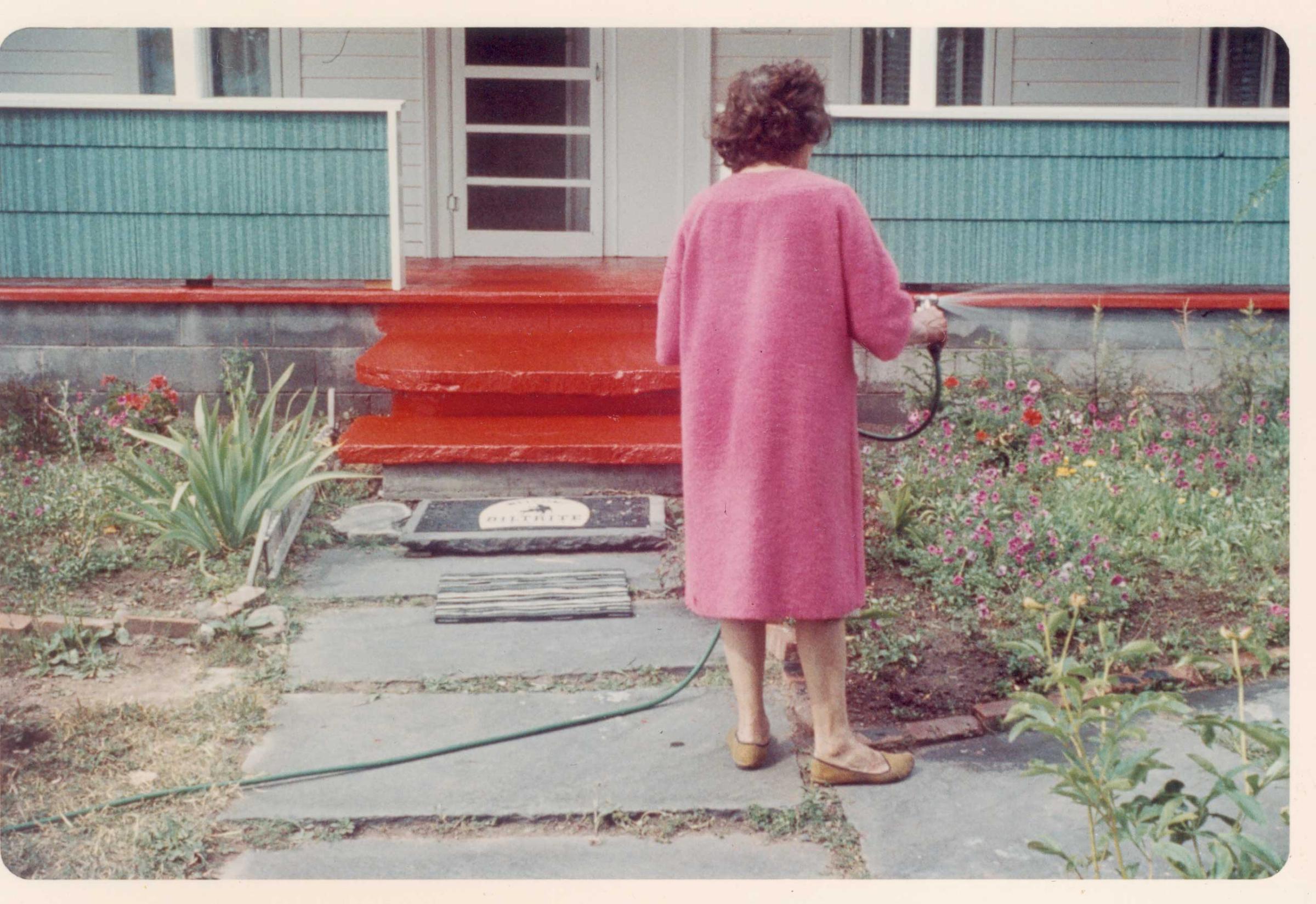

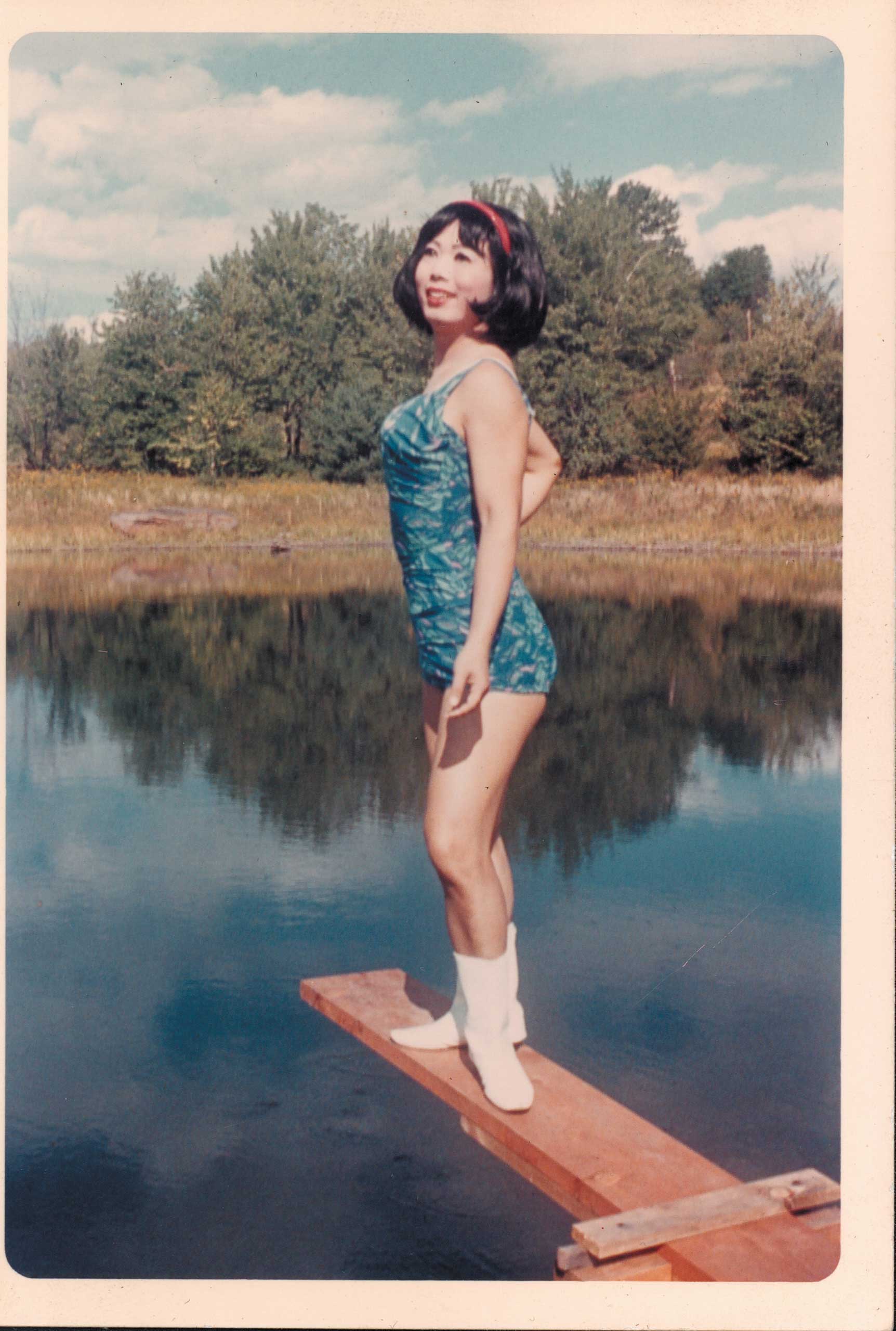
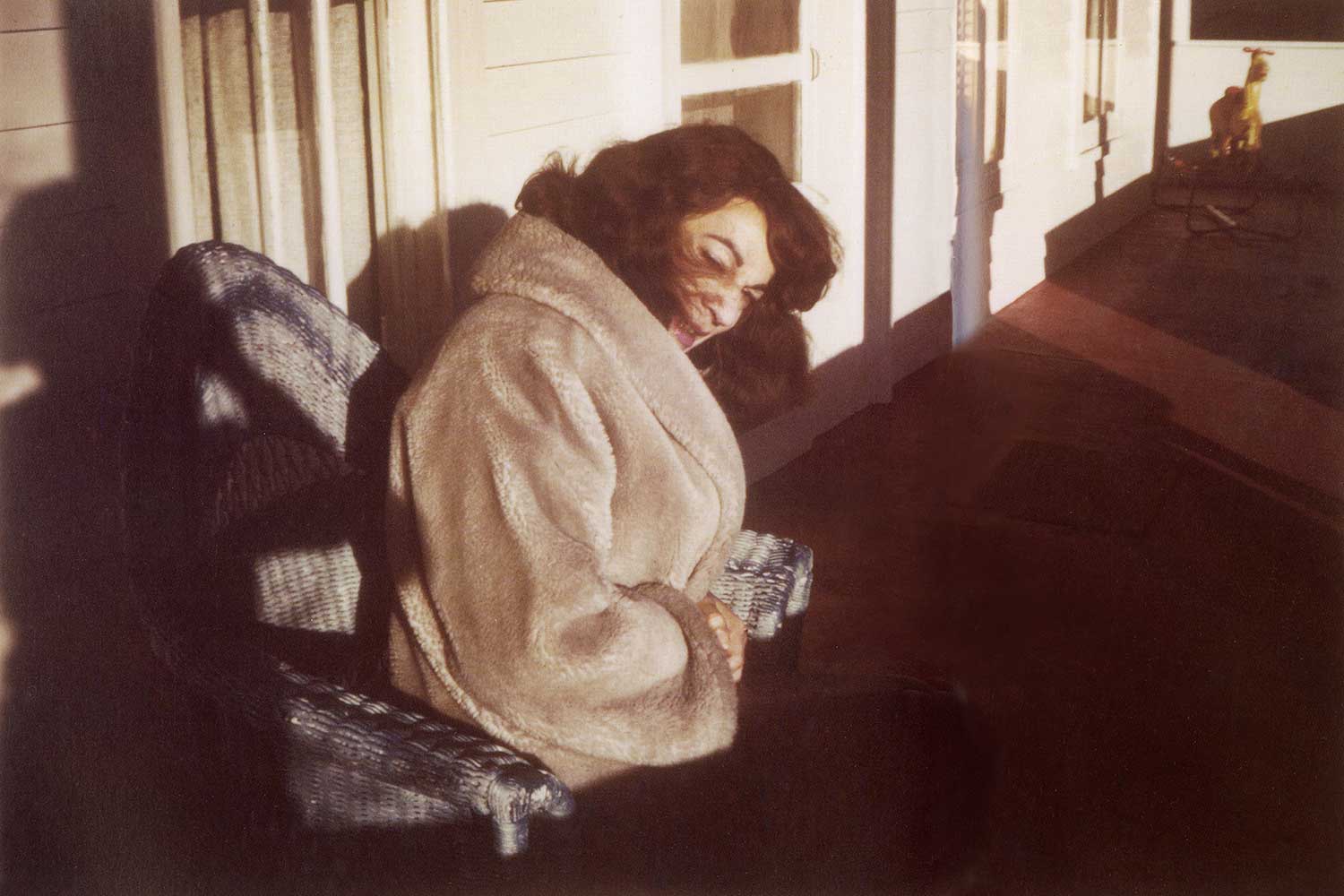



More Must-Reads From TIME
- The 100 Most Influential People of 2024
- Coco Gauff Is Playing for Herself Now
- Scenes From Pro-Palestinian Encampments Across U.S. Universities
- 6 Compliments That Land Every Time
- If You're Dating Right Now , You're Brave: Column
- The AI That Could Heal a Divided Internet
- Fallout Is a Brilliant Model for the Future of Video Game Adaptations
- Want Weekly Recs on What to Watch, Read, and More? Sign Up for Worth Your Time
Contact us at letters@time.com